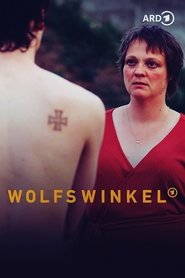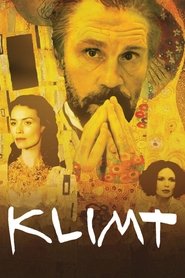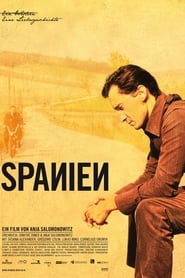detail profile denis petkovic
Peran Yang Di Mainkan Denis Petkovic
 Melanie is in her midthirties and...
Melanie is in her midthirties and...Wolfswinkel 2023
Melanie is in her mid-thirties and works for the Brandenburg police. Her precinct is the province north of Berlin. Melanie likes it when anybody likes her. If it gets political, she keeps herself out. But that's no longer so easy when her best friend Lydia, an ex-daily soap star, makes herself important as a populist influencer with right-wing slogans in her home village and a street disappears overnight. Its bumpy cobblestones were the last evidence of a dark time when building material for the Wehrmacht was mined at the Kiessee, today a bathing area. Forced laborers and concentration camp prisoners toiled here. Elementary school teacher Anja considers it a thoughtless mess that this stone memorial to history should simply be asphalted. With brown homeland paroles, Lydia heats up the mood in the village and earns good money through clicks on the Internet. When the violence escalates, law enforcement officer Melanie, who is addicted to harmony, has to decide which side she is on.
 Photographer Anja Niedringhaus was 26 when she...
Photographer Anja Niedringhaus was 26 when she...Die Bilderkriegerin - Anja Niedringhaus 2022
Photographer Anja Niedringhaus was 26 when she came to Sarajevo in 1992 to report on the war. It's bitterly cold there, there's no electricity, hardly any food, and everyone's lives are constantly in danger. Spanish photographer Sergio takes her under his wing and shows her how to survive in a war zone. Anja reported on the scene with interruptions for almost three years, later she worked in Kosovo and Afghanistan, among other places. In 2001 she switched to the most renowned photo agency in the world, the Associated Press . Her photos end up on the front pages of the major international newspapers, and in 2005 she received the Pulitzer Prize for her reporting from Iraq. In Kabul, she meets the AP's chief correspondent, Kathy Gannon, and the two soon become an inseparable team. But then a devastating attack took place during the Afghan presidential elections in 2014.
 A portrait of Austrian artist Gustav...
A portrait of Austrian artist Gustav...Klimt 2006
A portrait of Austrian artist Gustav Klimt whose lavish, sexual paintings came to symbolize the art nouveau style of the late 19th and early 20th century.



 Four loosely connected stories tell of...
Four loosely connected stories tell of...
